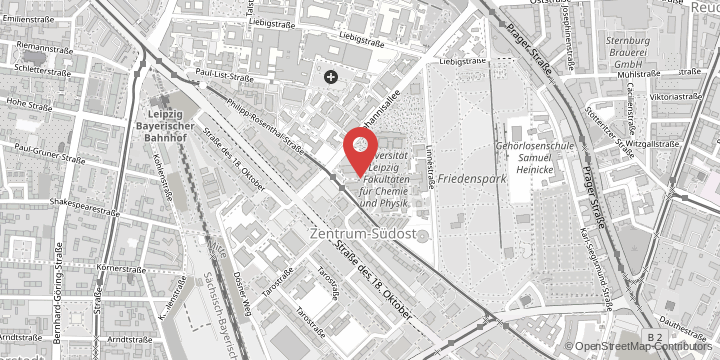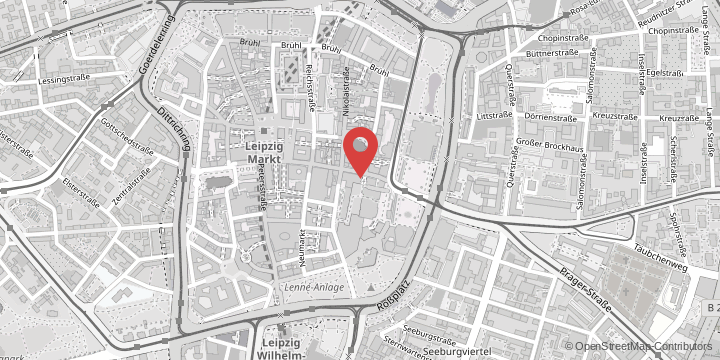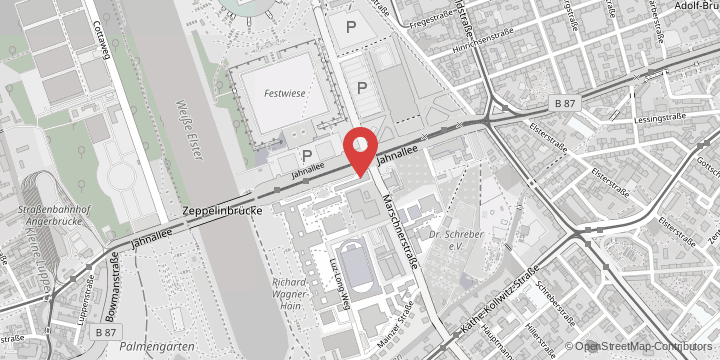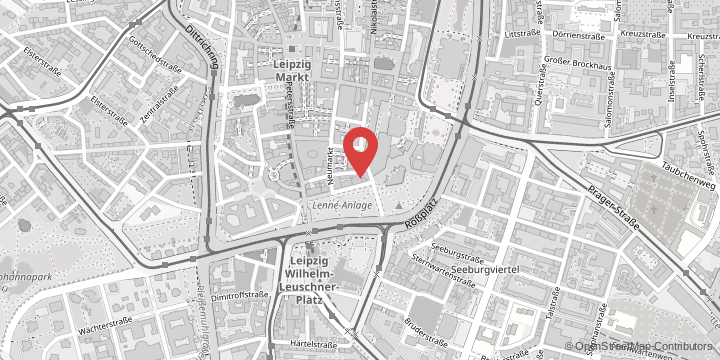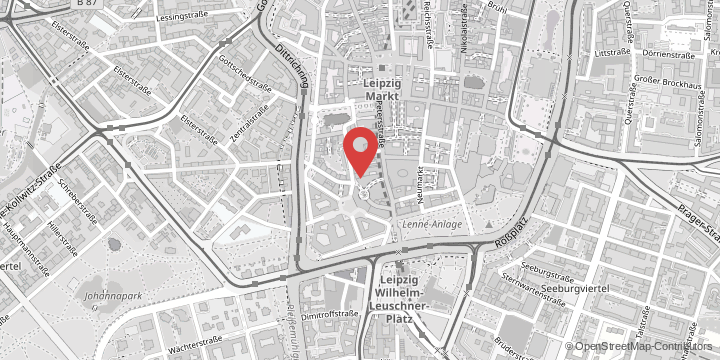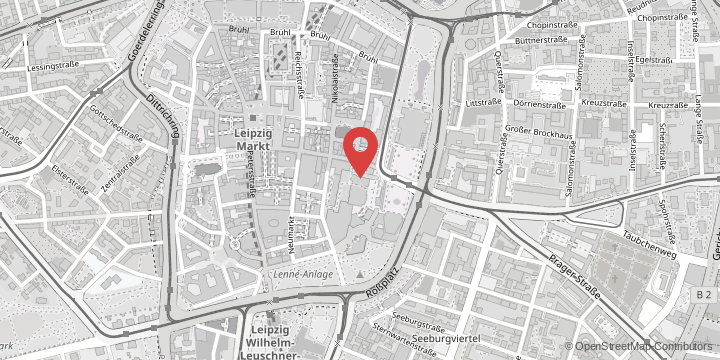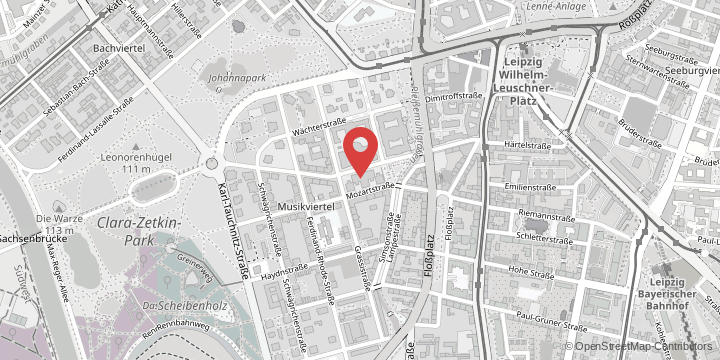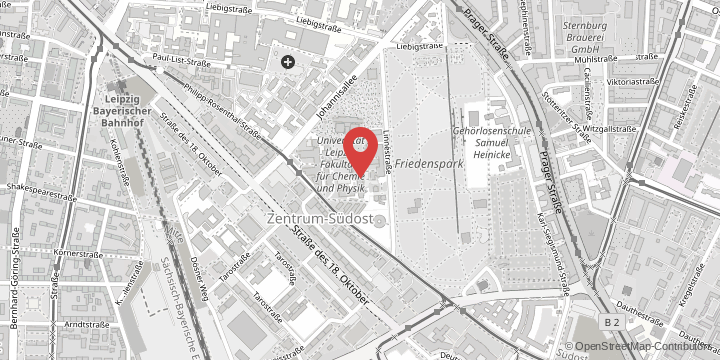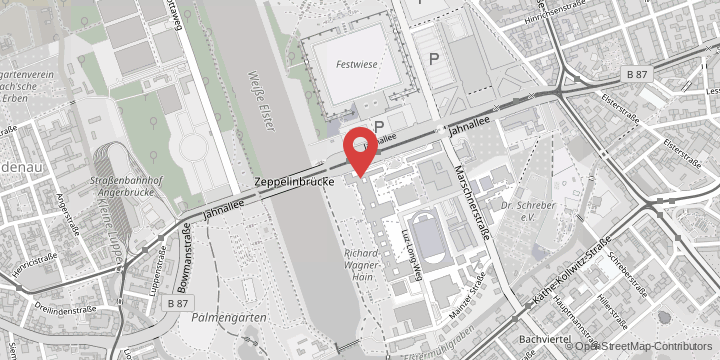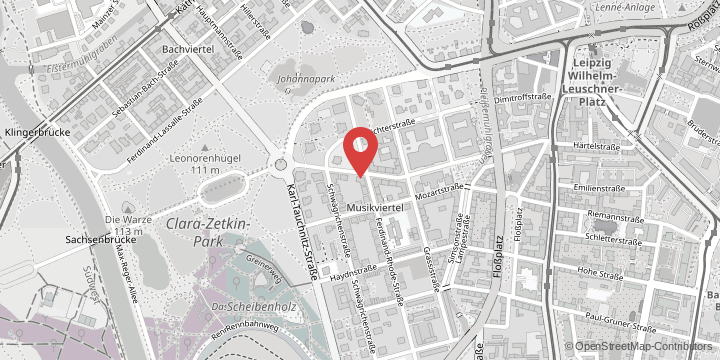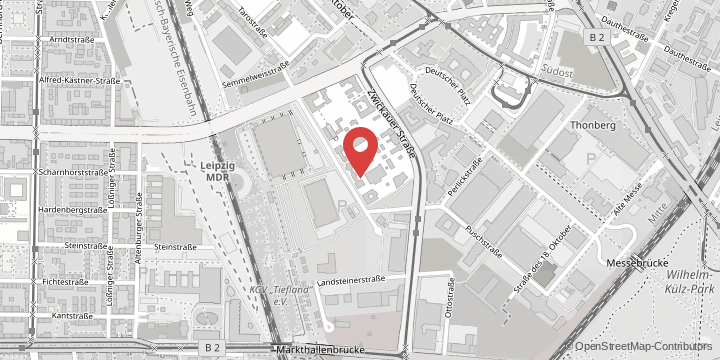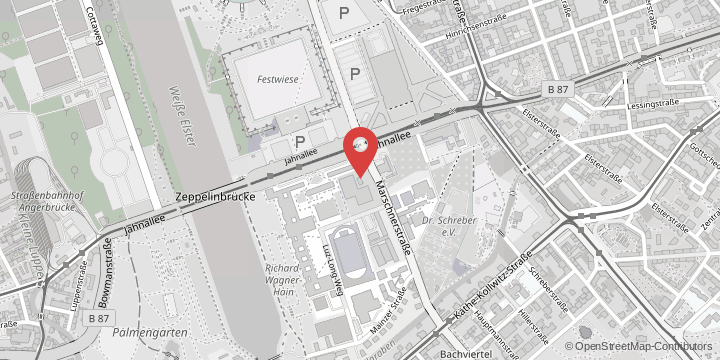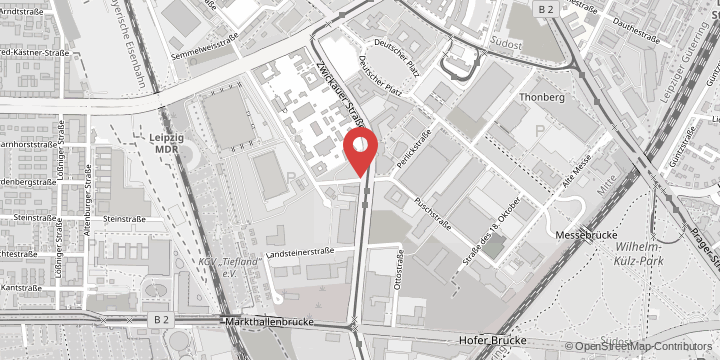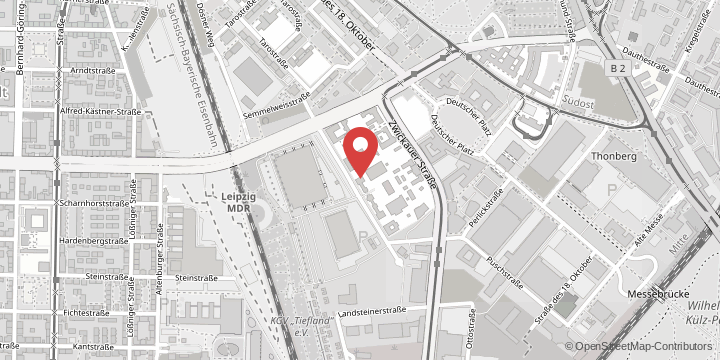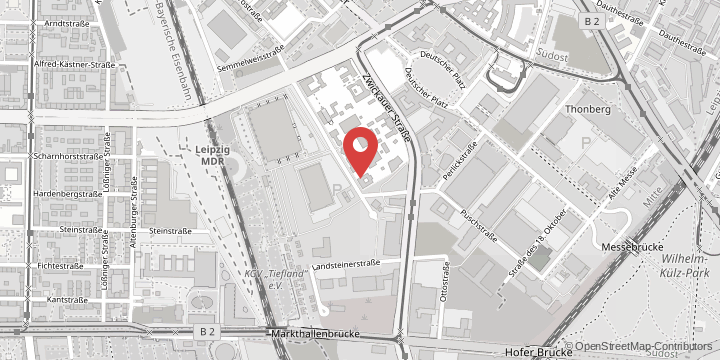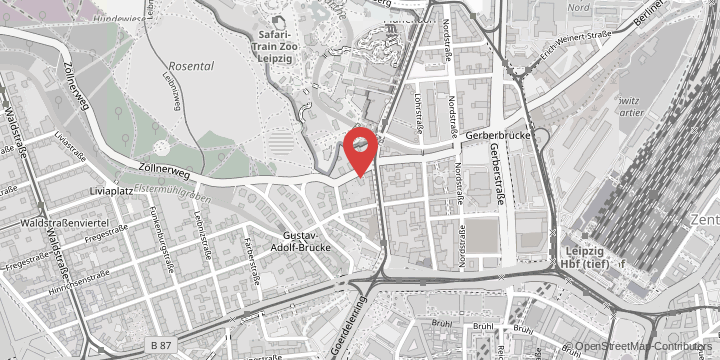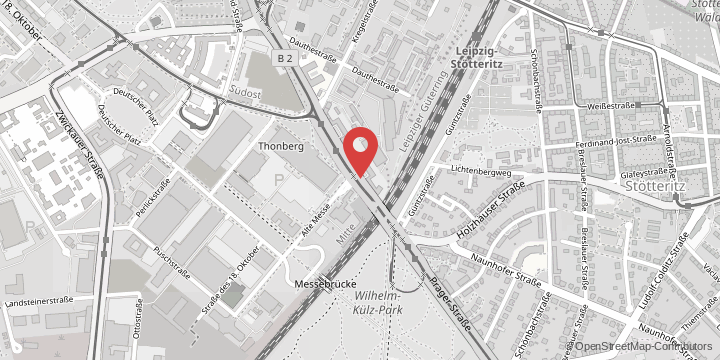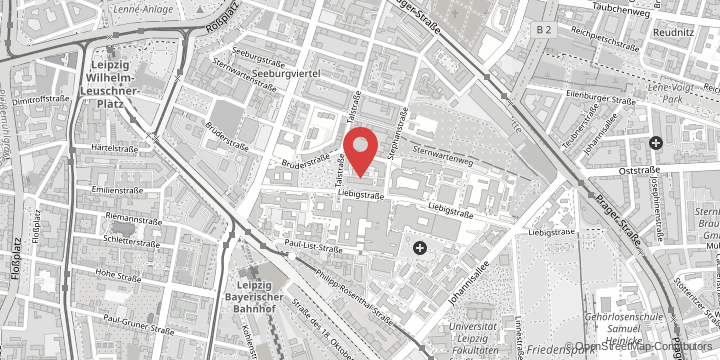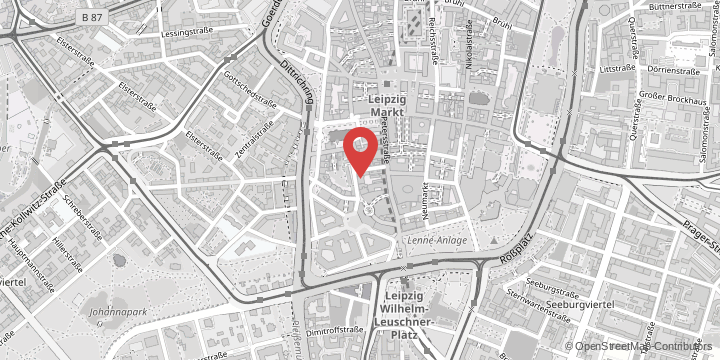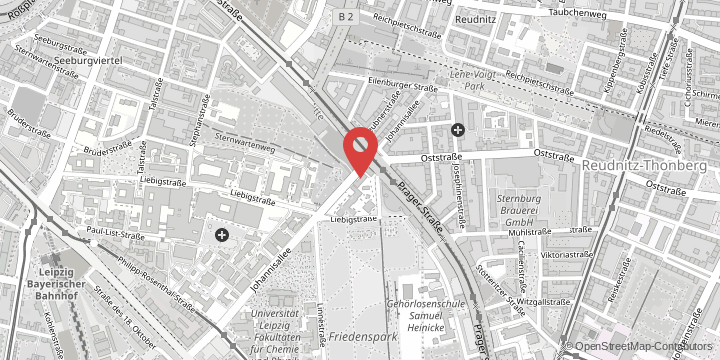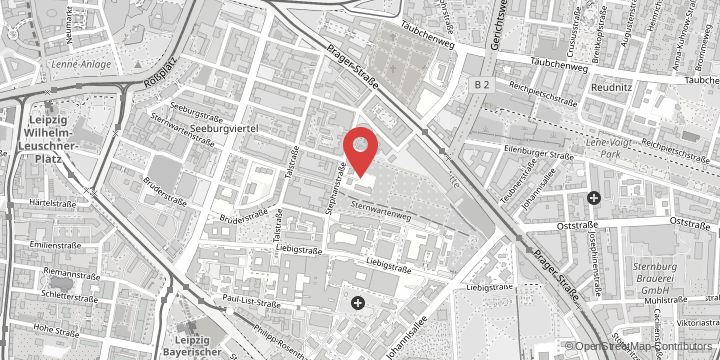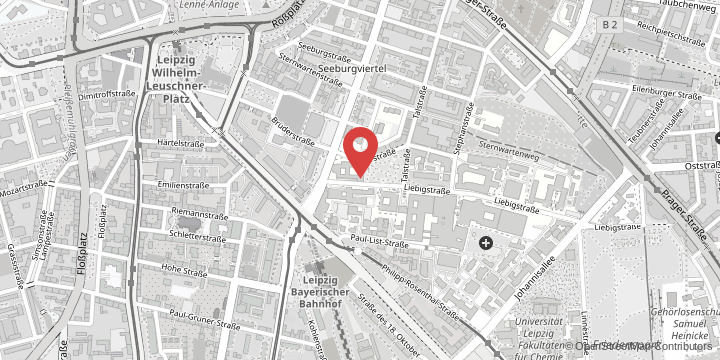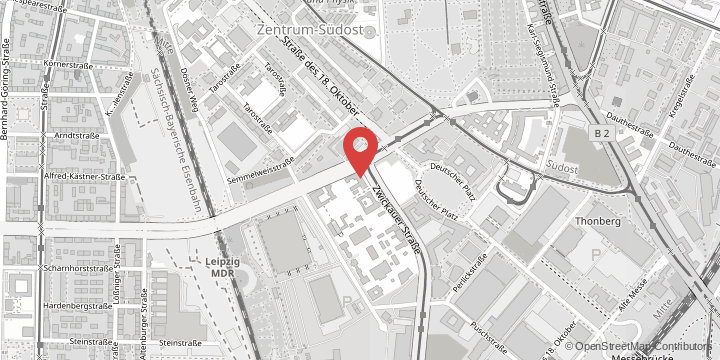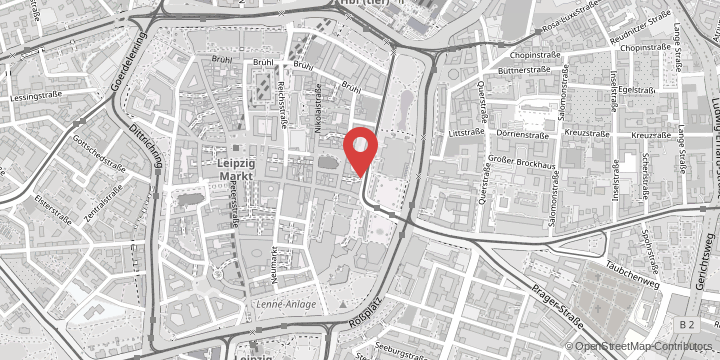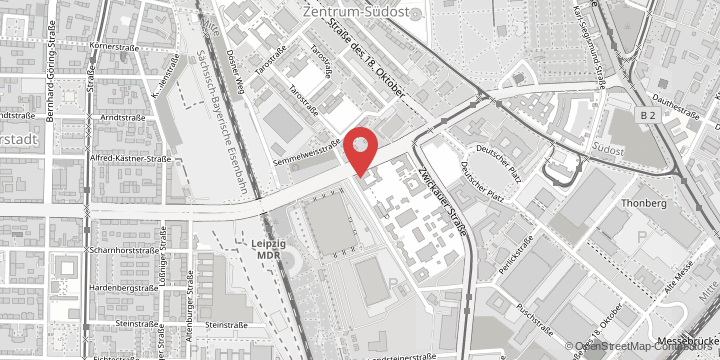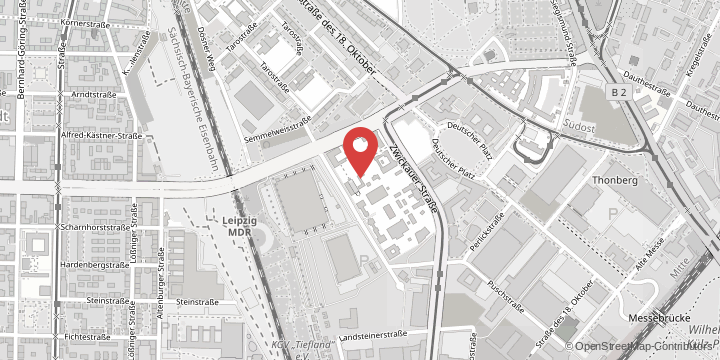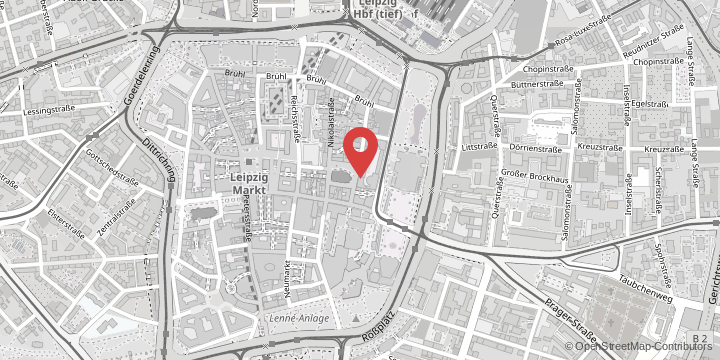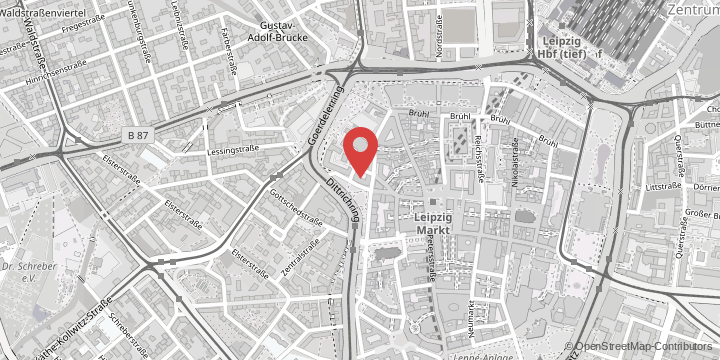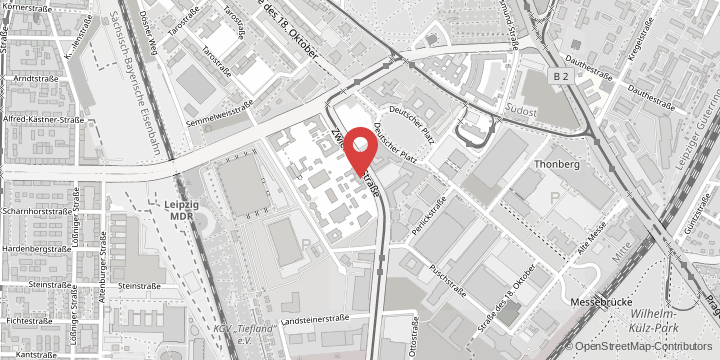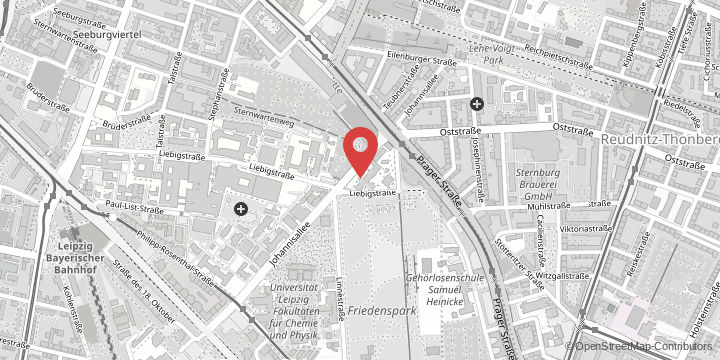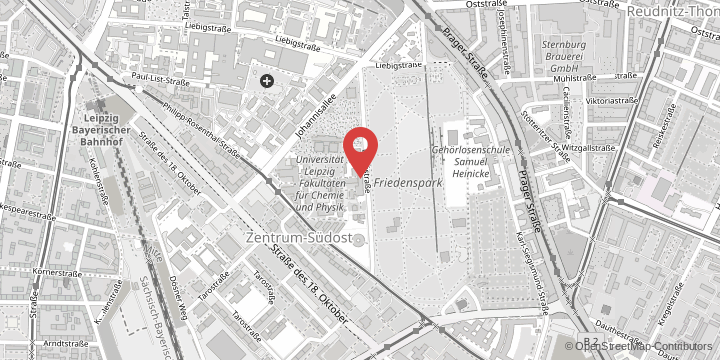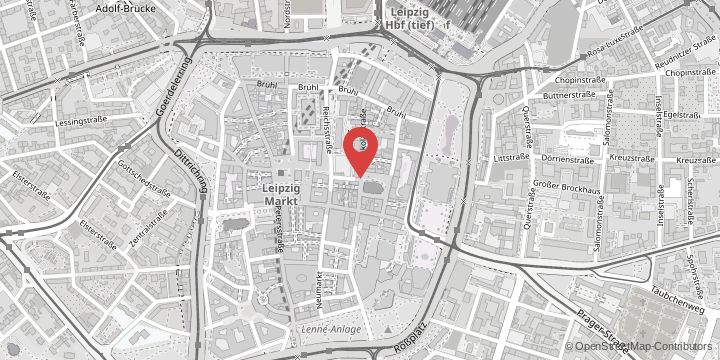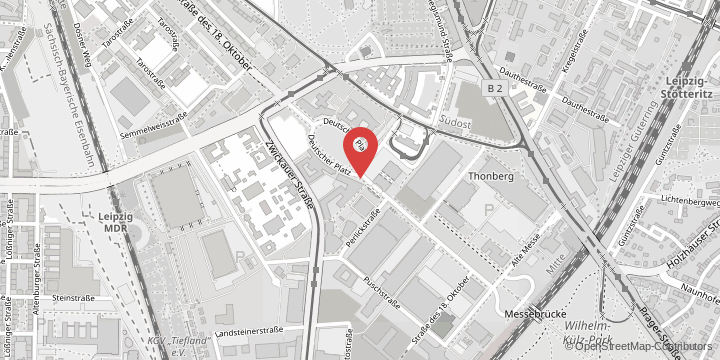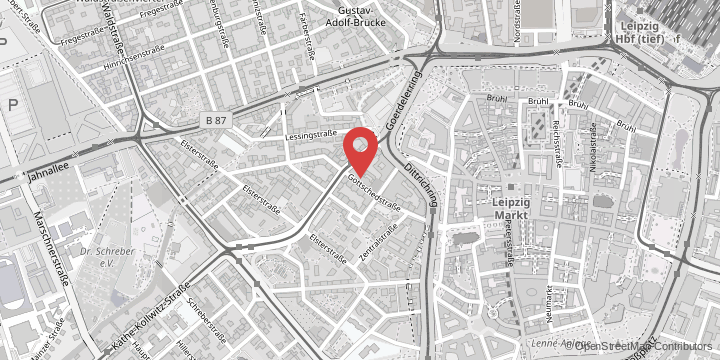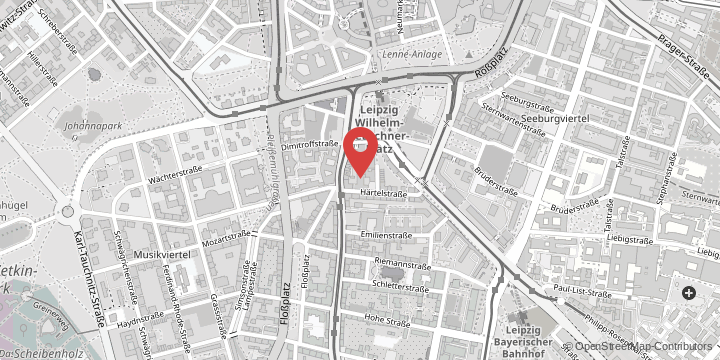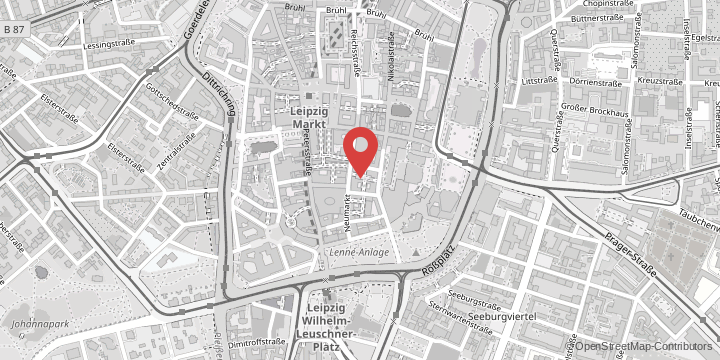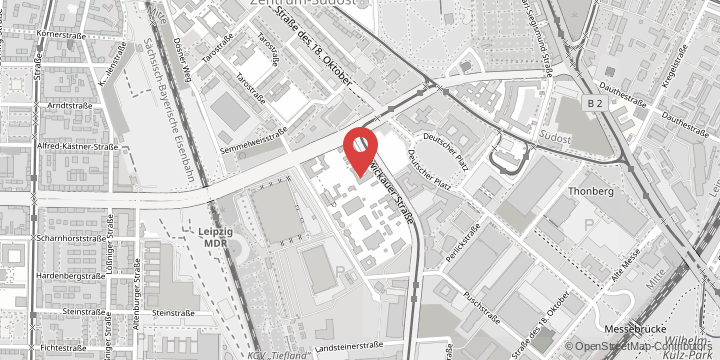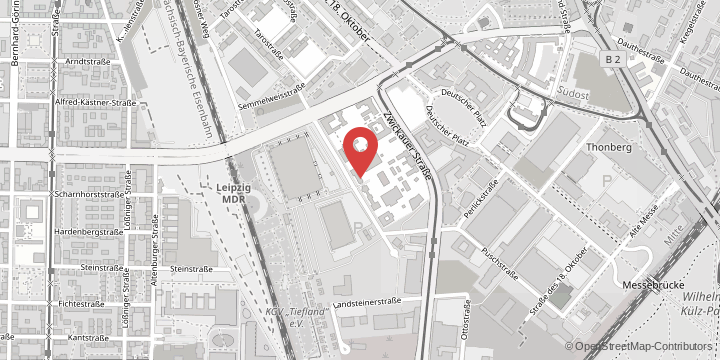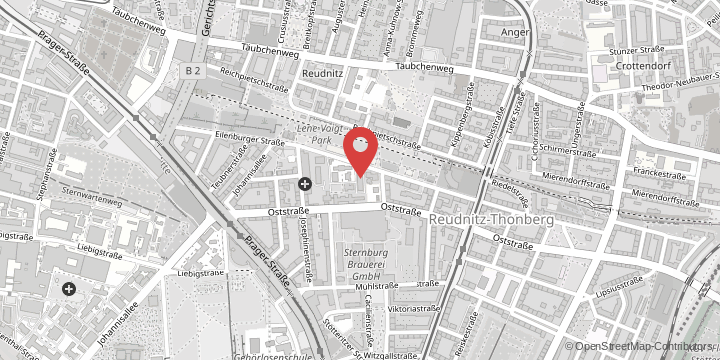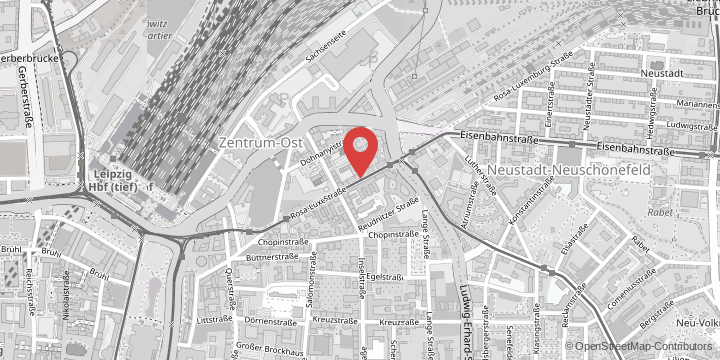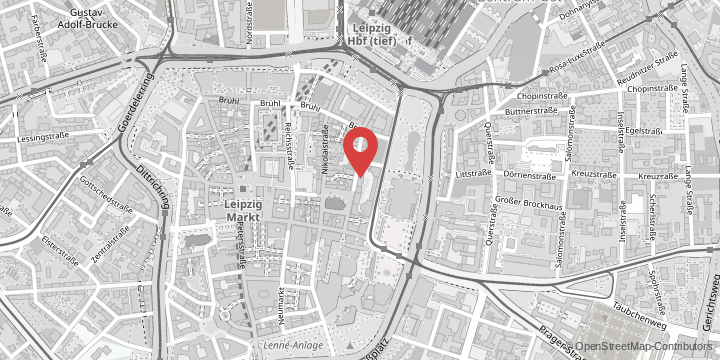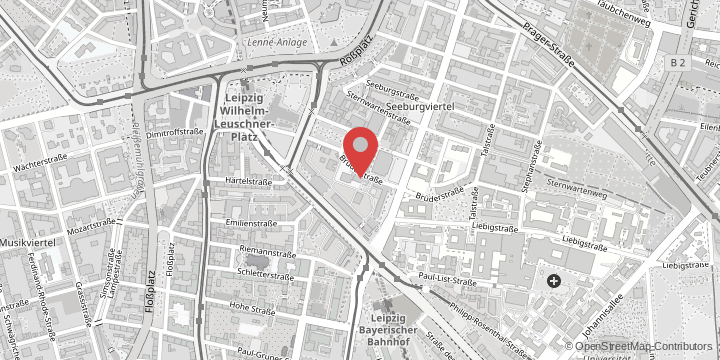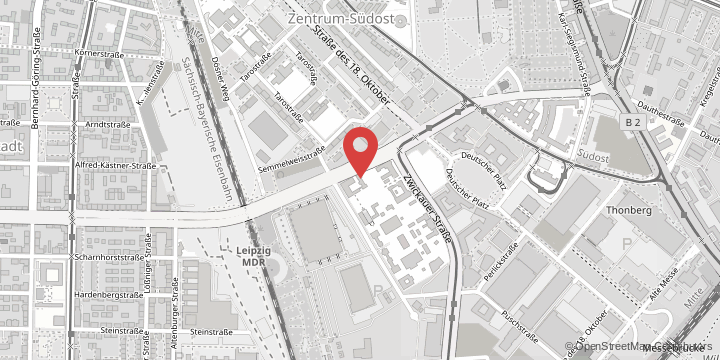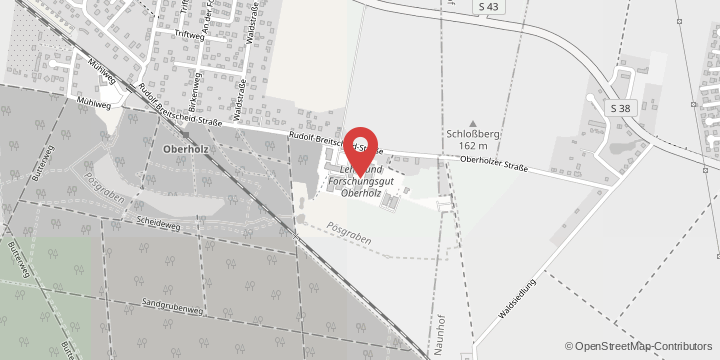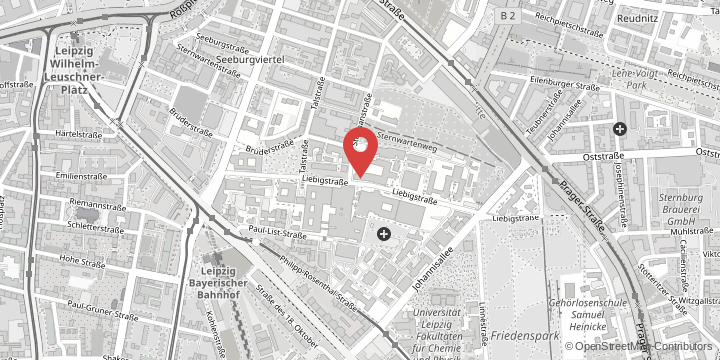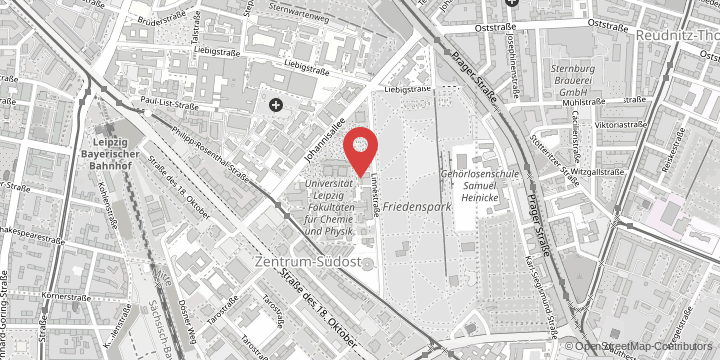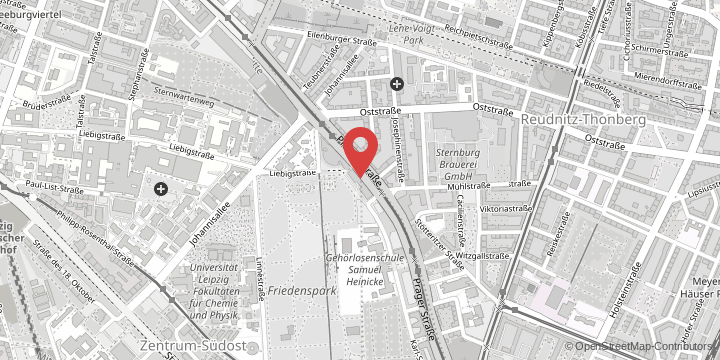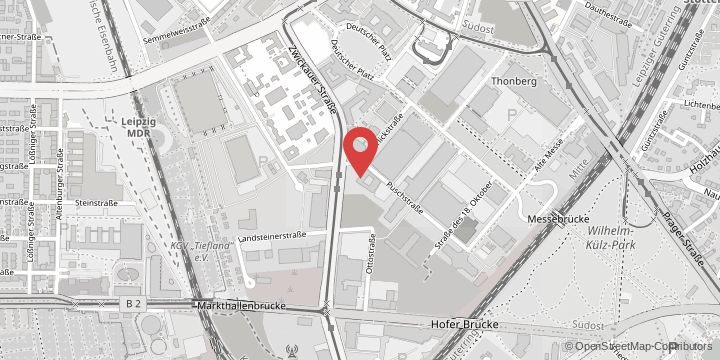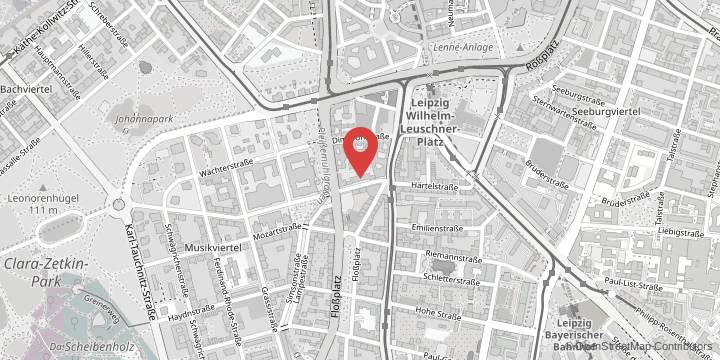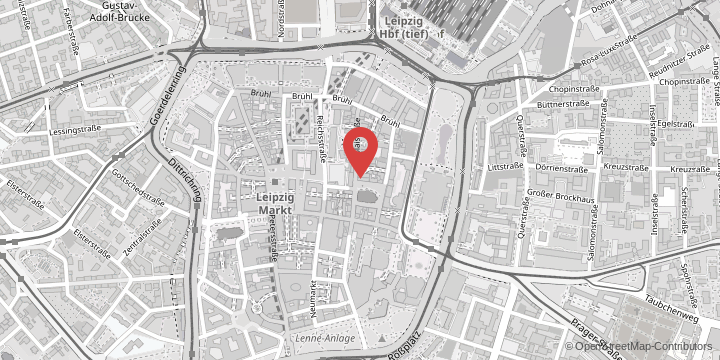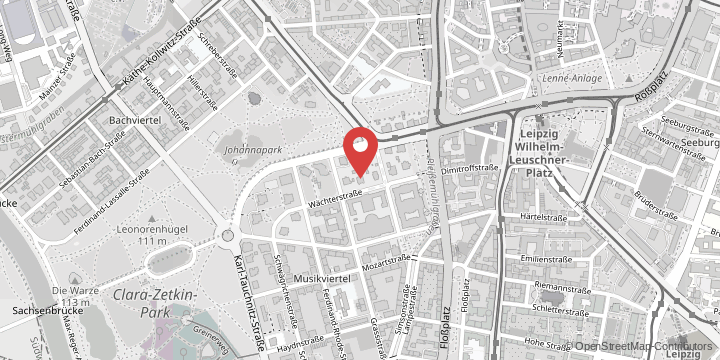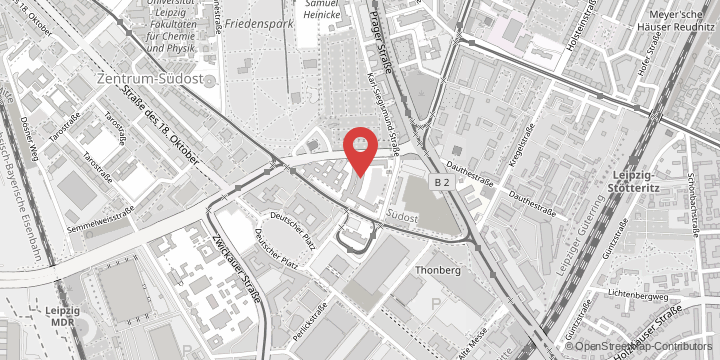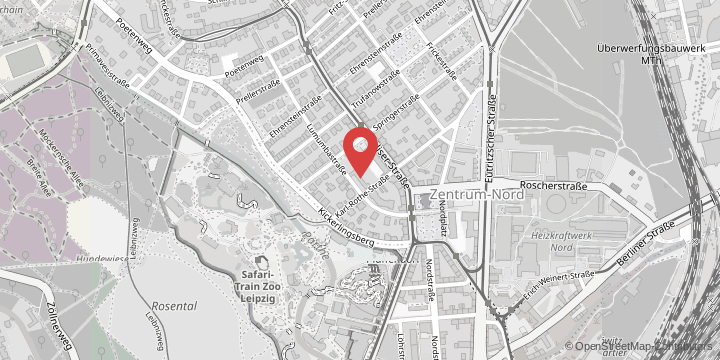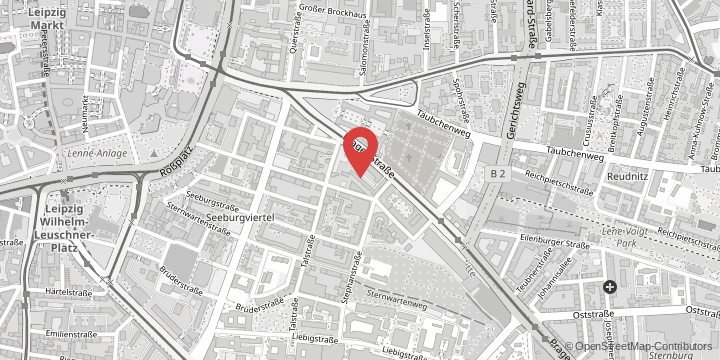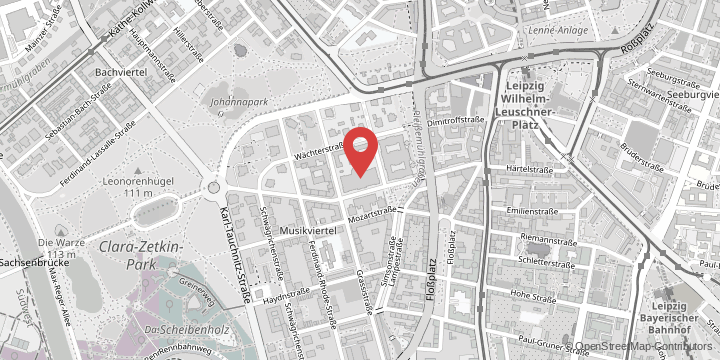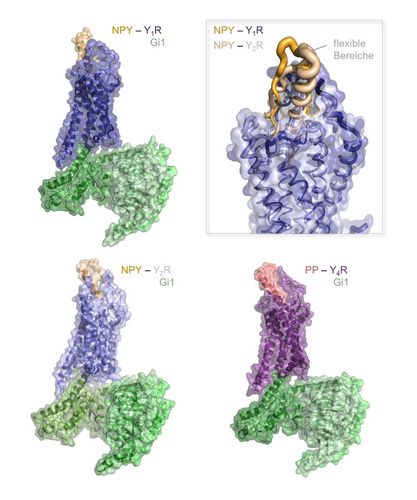The NPY family consists of a total of three related peptide ligands: NPY, PP and PYY, which have different functions in the body. These act as messengers both locally in the tissues, especially in the brain, and via the bloodstream. They bind to four different receptors (Y1R, Y2R, Y4R and Y5R), with different combinations of peptide ligand and receptor occurring in different situations: while NPY in conjunction with Y1R signals hunger in the brain, PP bound to Y4R conveys a strong satiety signal. NPY receptors are also of interest for modern cancer therapies. A high number of Y1R is characteristic for breast cancer cells, which is why NPY variants that selectively bind only to this receptor could be used to deliver drugs specifically to these cells. Healthy breast tissue, on the other hand, contains mainly the receptor Y2R. It would make sense to ‘bypass’ this in order to spare the healthy tissue.
To be able to develop targeted active substances, it is therefore highly important to know the molecular blueprint of these complexes and the underlying regulatory mechanisms. In addition to the molecular structures visualised by Professor Qiang Zhao from the Hangzhou Institute for Advanced Study and Professor Beili Wu of the Chinese Academy of Sciences using cryogenic electron microscopy, Professor Annette Beck-Sickinger and Dr Anette Kaiser of Leipzig University conducted biochemical studies that shed more light on the complex mechanisms that bind the peptides to their receptors and supported the results of the structural studies. It was possible to find the relevant regions in the peptides and receptors in the complex.
The working groups have been conducting joint research in this field for over ten years, and these new results build on extensive preliminary work. This makes this joint publication – the third by the working groups – all the more valuable. This is because a novel test system showed that the peptides use different ‘docking pathways’ and that this can lead to different signals in the cell. The flexibility and mobility of the complexes in certain areas plays an important role. Professor Annette Beck-Sickinger explains: “Some of the flexibility of the peptide and receptor is thus retained even in the bound state. The causes and consequences of this are now being further investigated in ongoing studies in CRC 1423, as is the question of what other factors influence the recognition between peptides and receptors.”
The investigation of this NPY receptor family with its endogenous ligands as well as other clinically relevant compounds is one focus of Collaborative Research Centre 1423. It is a research project being funded for four years by the German Research Foundation (DFG), in which four institutions are involved: Leipzig University, the Martin Luther University Halle-Wittenberg, Charité – Universitätsmedizin Berlin and the Max Delbrück Center for Molecular Medicine in Berlin. Researchers from these institutions with backgrounds in biochemistry, biomedicine and computational science are collaborating on an interdisciplinary basis to gain a comprehensive understanding of the effects of structural dynamics on the GPCR function. The latest findings and approaches in GPCR research will also be presented at 4GPCRnet ‘22, an international conference co-organised by CRC 1423. This high-level meeting will take place on the Leipzig University company at Augustusplatz from 26 to 29 September 2022.
